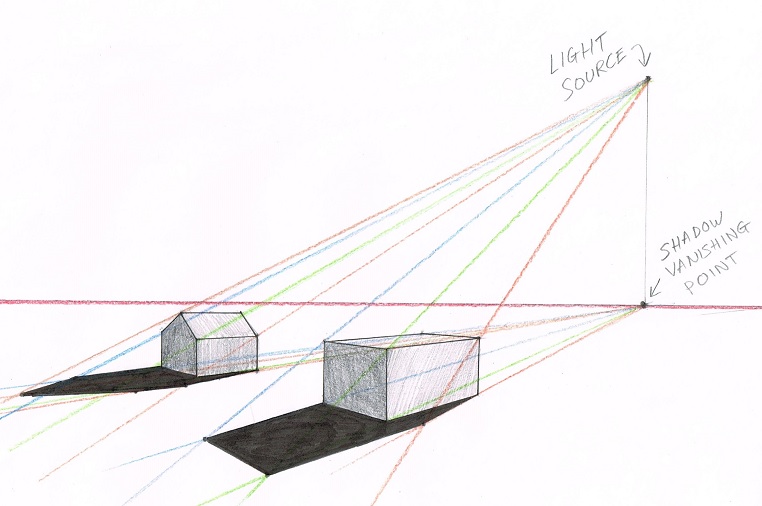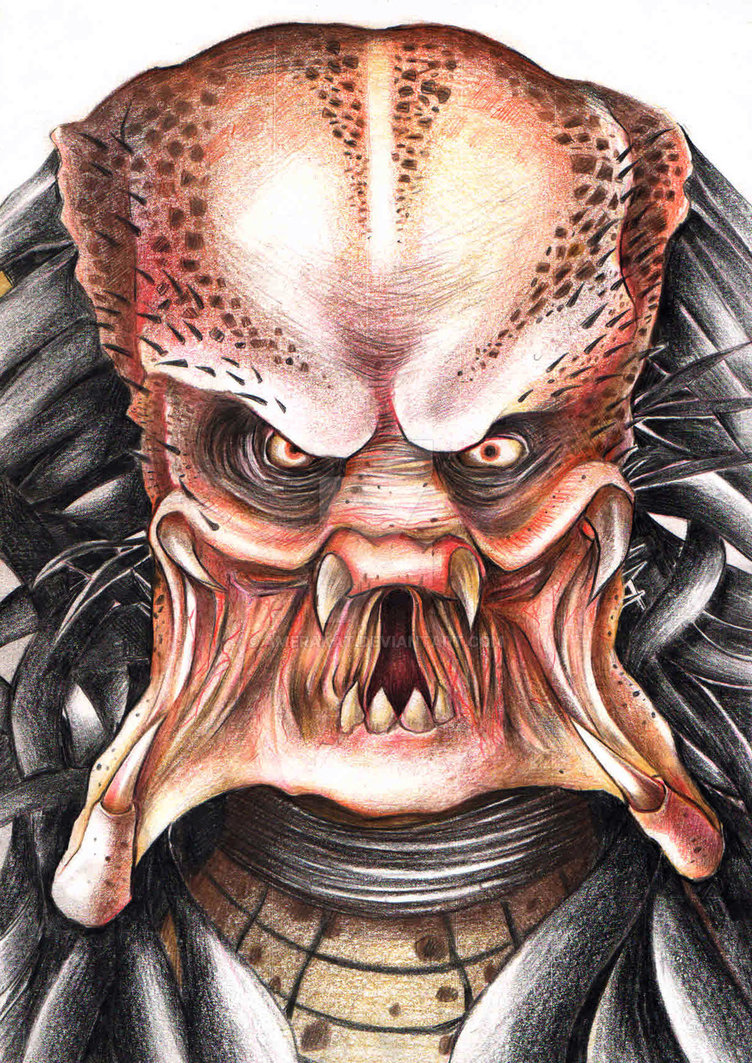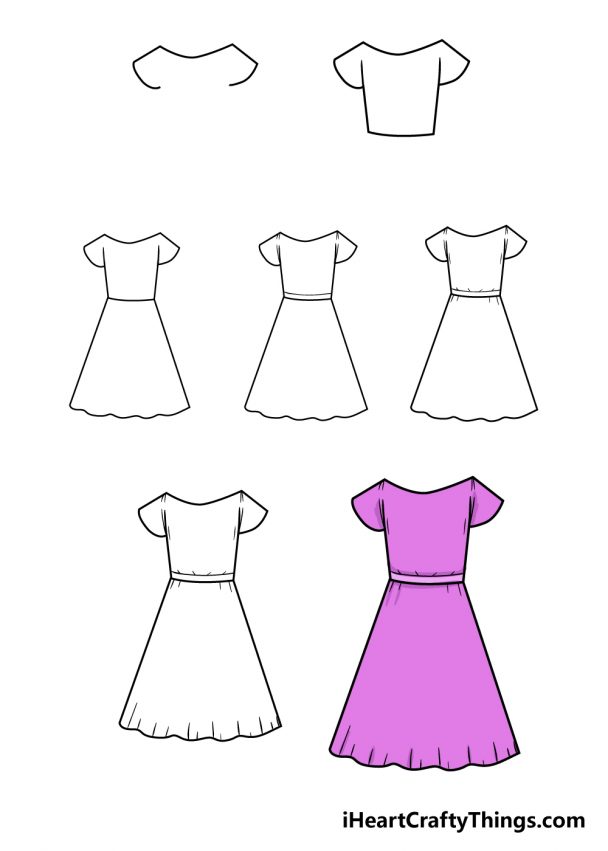How to draw perspective shadow
Table of Contents
Table of Contents
If you have ever struggled with creating depth and realism in your artwork, then learning how to draw shadows is an essential skill to master. Shadows are what give your art a sense of dimension, and learning how to draw them well can take your work to the next level.
When artists first start out, one of the biggest challenges they face is creating depth and dimension in their drawings. Trying to make objects look three-dimensional on a two-dimensional surface can be extremely challenging, and one of the most important elements in achieving this is drawing shadows.
So, how do you draw shadows that look realistic and add depth to your work? The key is to understand how light affects objects and to use this knowledge to create accurate shadows.
In order to draw shadows, you need to first identify the direction and source of your light. Once you have identified this, you can start to visualize the way the light falls on your object and the shadow it creates. You can then use these visualizations to start sketching in the shadow with light, loose strokes that capture the shape and form of the shadow.
To summarize, if you want to learn how to draw shadows, you need to start by understanding how light works and how it affects objects in your artwork. Once you have this knowledge, you can start practicing drawing shadows using light, loose strokes that capture the shape and form of the shadow.
How to Draw Shadows: Tips and Techniques
When I first started learning how to draw shadows, I struggled with creating depth and dimension in my artwork. But over time, I learned some tips and techniques that have helped me to improve my shadow drawing skills.
One technique that has been particularly helpful for me is to start with a light sketch of the object I am drawing and then add in the shadows gradually. This helps me to see how the shadows fit in with the overall composition and prevents me from making mistakes that are difficult to erase.
 It’s also important to pay attention to the value and intensity of your shadows. Shadows are rarely completely black, and the intensity of the shadow will depend on the intensity of the light source.
It’s also important to pay attention to the value and intensity of your shadows. Shadows are rarely completely black, and the intensity of the shadow will depend on the intensity of the light source.
The Importance of Practice
Learning how to draw shadows takes practice and patience. It’s important to start with simple objects and work your way up to more complex images as your skills improve. When I first started practicing drawing shadows, I would spend hours each day sketching basic shapes and exploring different lighting scenarios.
 It’s also helpful to study the work of other artists and to learn from their techniques. There are many great resources online that offer tutorials and tips on how to draw shadows, and taking advantage of these resources can help to speed up your learning process.
It’s also helpful to study the work of other artists and to learn from their techniques. There are many great resources online that offer tutorials and tips on how to draw shadows, and taking advantage of these resources can help to speed up your learning process.
Using Reference Photos
If you’re struggling to create accurate shadows in your artwork, using reference photos can be extremely helpful. Reference photos can help you to understand how light falls on objects and how shadows form, and can provide you with inspiration and ideas for your own artwork.
 #### The Importance of Experimentation
#### The Importance of Experimentation
Finally, it’s important to remember that there is no single “right” way to draw shadows. Every artist has their own techniques and preferences, and the key to finding your own style is to experiment and explore different methods. Don’t be afraid to try new things, take risks, and make mistakes – that’s part of the learning process!
Question and Answer
Q: How do I draw shadows on a textured object?
A: When drawing shadows on a textured object, it’s important to pay attention to the way the light hits the surface and the way the texture affects the shadow. Try to visualize how the shadows would fall on different parts of the texture and use light, loose strokes to capture the shape and form of the shadow.
Q: How do I create realistic-looking reflections in my shadow drawings?
A: To create realistic-looking reflections in your shadow drawings, you need to pay close attention to the way the light reflects off of different surfaces. Look for areas of the object that would naturally reflect light and use light, loose strokes to capture the reflection in your drawing.
Q: How can I use shadows to add drama and emotion to my artwork?
A: Shadows can be a powerful tool for adding drama and emotion to your artwork. By manipulating the intensity and direction of the shadow, you can create a sense of tension, mystery, or drama in your images.
Q: How can I use shadows to create depth and dimension in my artwork?
A: Shadows are a crucial element in creating depth and dimension in your artwork. By understanding how light affects objects and using this to create accurate shadows, you can make your artwork look more three-dimensional and add a sense of realism to your images.
Conclusion of How to Draw Shadows
Learning how to draw shadows is a skill that every artist should strive to master. By understanding the basics of how light works and practicing your shadow drawing skills, you can take your artwork to the next level and create images that are full of depth, dimension, and realism.
Gallery
How To Practice Drawing Shadows On An Object - Quora
Photo Credit by: bing.com / drawing shadow shadows object practice shade elements but very
How To Draw Perspective Shadow - Drawing Shadows In Perspective | My

Photo Credit by: bing.com / perspective shadow drawing draw shadows objects sketch tutorials mydrawingtutorials drawings adding learn object make realistic read lessons
Pin By Giorgi Gozalishvili On Draw In 2020 | Perspective Drawing

Photo Credit by: bing.com / shadows basica arbeitsblatt perspektive mitch leeuwe disegno lukisan kejuruteraan medie shading lakaran schatten täältä tallennettu
Shadows (practice) : Drawing

Photo Credit by: bing.com / shadows drawing practice comments
How To Draw Realistic Shadows In Pencil (All The Best Secrets)

Photo Credit by: bing.com / shadows secrets






